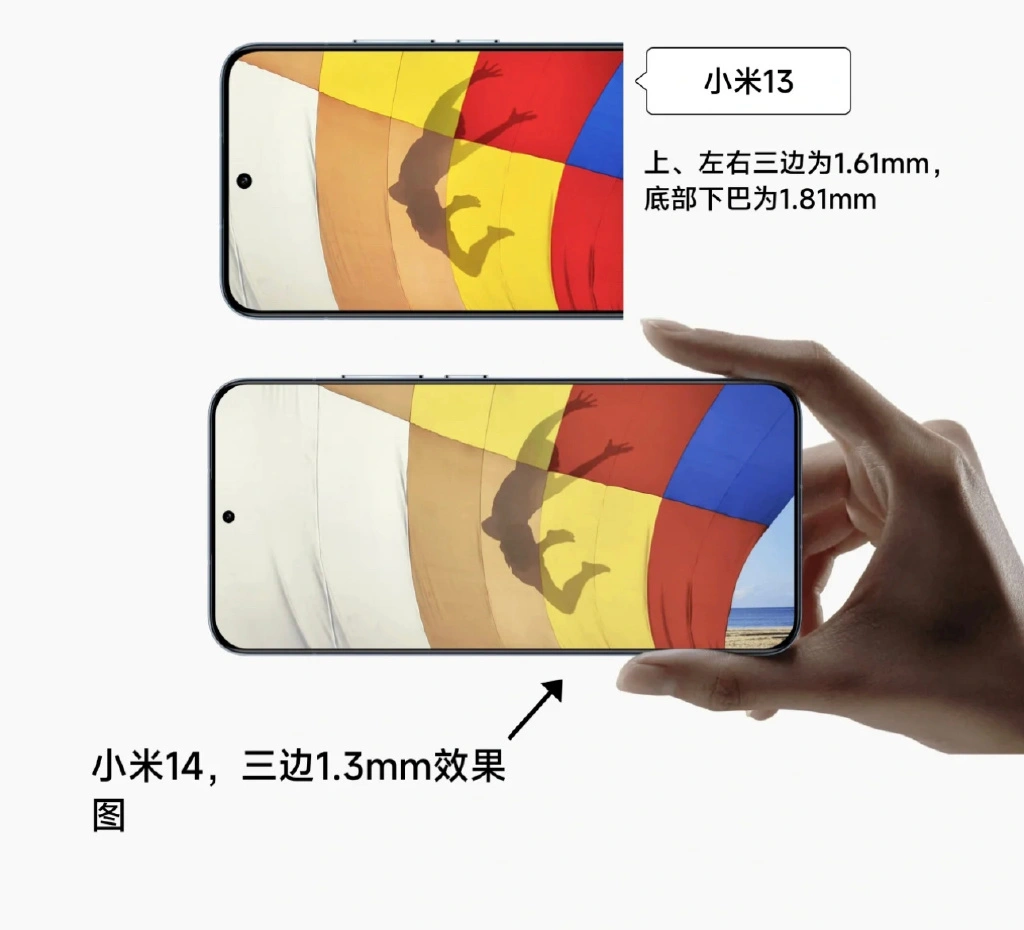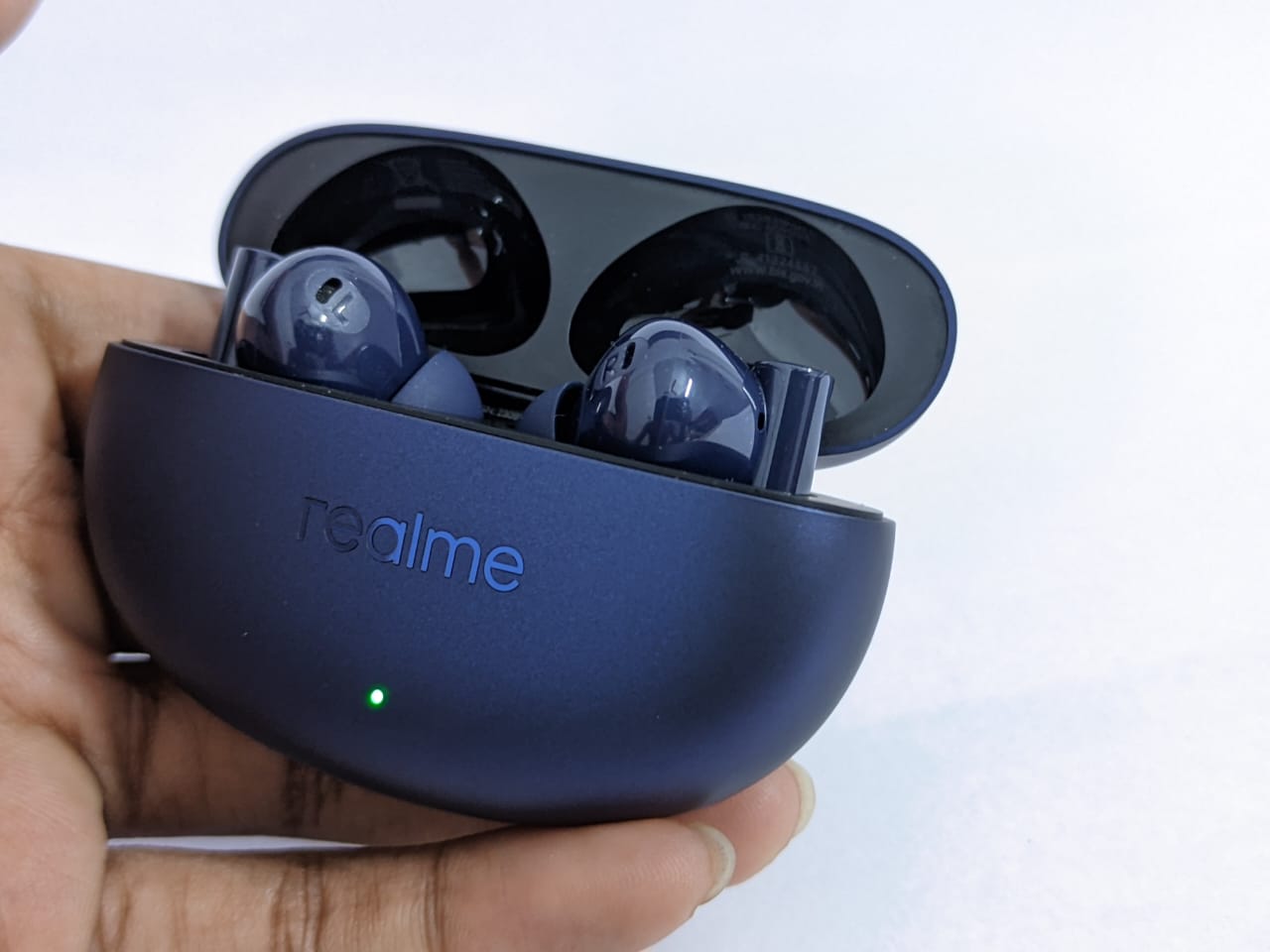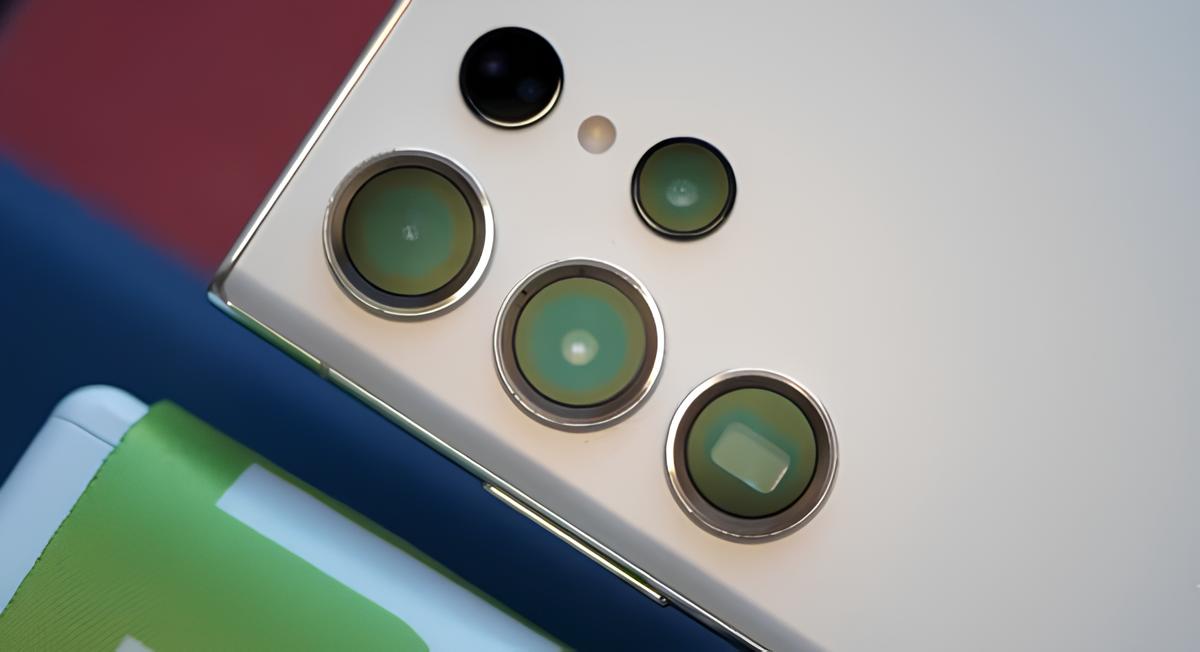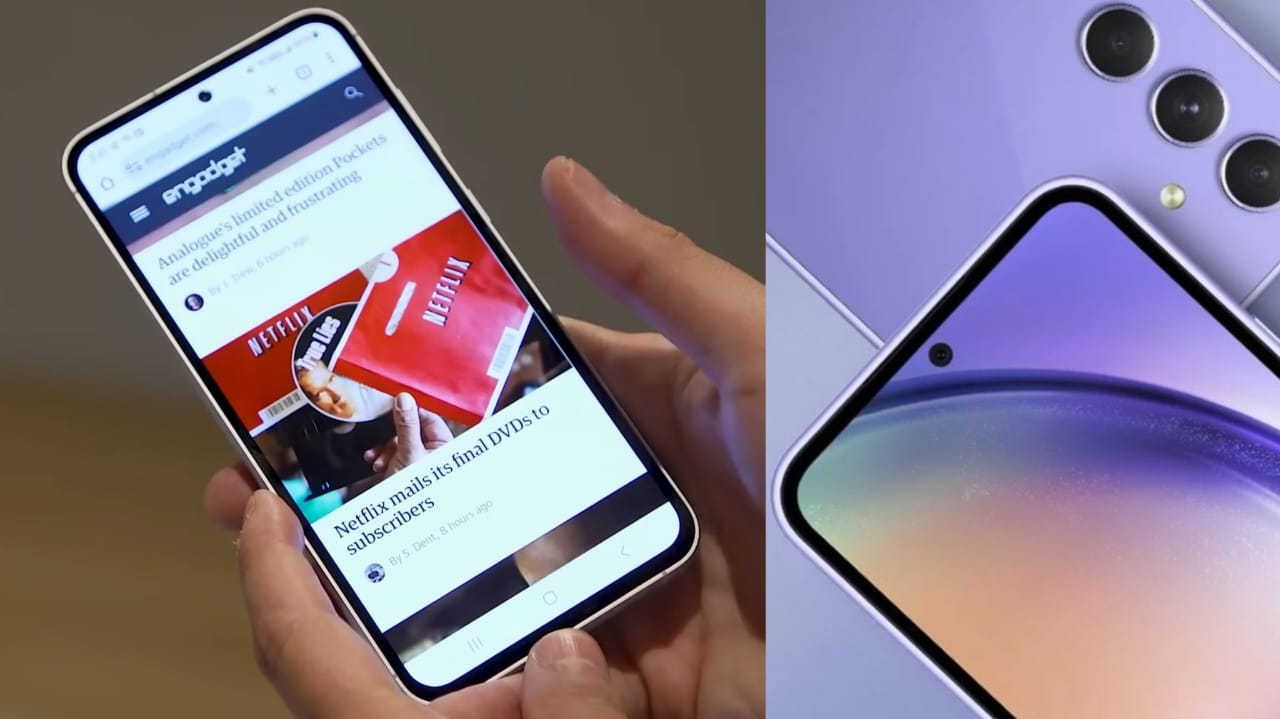In brief
- The display bezels on the Xiaomi 14 appears to be thinner than those on the iPhone 15 Pro Max.
- Both the Xiaomi 14 and Xiaomi 14 Pro are reported to have long-range zooms with periscope modules.
- Xiaomi 14 series will be the first to bring the Snapdragon 8 Gen 3 chip to the market.
The Xiaomi 14 series is expected to release around November 2023 in China, and it will come to the global market earlier in 2024.
It’s rumored that there will be a special edition of the Xiaomi 14 Pro that will have a titanium frame, as Apple did with the latest iPhone 15 Pro/Max. However, unlike the Pro iPhones that got lighter and more comfortable to hold, the Xiaomi 14 Pro (titanium edition) might get even heavier, and here’s the reason why.
Display & Design
The Xiaomi 14 features an FHD+ AMOLED panel, while the Xiaomi 14 Pro boasts a WQHD+ (1440 x 3200 pixels) LTPO AMOLED panel. Both panels support Dolby Vision and HDR10+.
The rendering of the Xiaomi 14 tipped on Weibo shows the slimmest symmetrical borders on a smartphone.

On the other side, the Xiaomi 14 Pro renders tipped on Weibo, featuring a four-curved surface display with narrower bezels where the chin is particularly thinner than the Xiaomi 13 Pro, making the borders symmetrical.
While many flagship smartphones nowadays offer excellent quality AMOLEDs, it’s the thin and symmetrical borders (or the front design) that make the Xiaomi 14 series stand out.
Aside from the display, the phones will have a similar design to last year’s Xiaomi 13 series. Reliable tipster SPinfoJP shared leaked renders of the Xiaomi 14 Pro on Weibo, which suggest similarities in design.
Cameras
Both the Xiaomi 14 and 14 Pro are reported to bring periscope telephoto modules for long-range zoom, resembling the ‘Ultra’ model this time. The Xiaomi 14 Pro features a 115mm periscope telephoto capable of 5x zoom, while the base Xiaomi 14 houses a 90mm 3.9x periscope telephoto.
The Xiaomi 14 Pro will continue to use the 1-inch type Sony IMX 989 sensor for the main camera, and the base Xiaomi 14 is expected to have all sensors upgraded to 50MP, similar to last year’s Pro model. The main sensor on the Xiaomi 14 will reportedly be bigger at 1/1.28 inch compared to last year’s 1/1.49 inch.

Xiaomi has signed a contract with AAC Technologies to co-develop WLG High-Lens for their smartphones, further improving the imaging capabilities. These are glass-plastic hybrid lenses compared to traditional plastic lenses, resulting in stronger optical performance. The lens assembly offers a smaller focal length, helping reduce camera module protrusion or enabling the use of a larger sensor while keeping the protrusion within limits.
The upcoming Xiaomi 14 series is expected to use these custom-made lenses for further improvement in image clarity and overall quality, while the partnership with LEICA continues to fine-tune the color science across the camera system. To be honest, while they have excellent hardware, the entire system is limited by software tuning, and Xiaomi is clearly addressing these issues bit by bit to become one of the leaders in the smartphone camera department.
Performance
The Xiaomi 14 series is going to be one of the first to adopt the Snapdragon 8 Gen 3 chipset, which is on its way to be unveiled at the Snapdragon Technology Summit on October 24.
The Snapdragon 8 Gen 3, based on the newer ARMv9 architecture, consists of 1x Cortex X4, 5x Cortex A-720, 2x Cortex A-520 cores, and the latest and most powerful GPU offering from ARM, the Adreno 750.
Aside from the performance and efficiency gains of the newer chipset, the Xiaomi 14 series is reported to house a slightly bigger battery (~4860mAh) and will be powered by a 90W wired charger as supposed to the 67W brick of the previous handset while the Pro model might just continue to use the 120W adopter. Xiaomi 13 Pro will also reportedly how is a bigger 5000mAh battery.
Final take
Xiaomi is well known as a value king within any price bracket. But the effort they are recently putting into fine tuning the designs, the imaging capabilities of their flagships is like never before. And the Xiaomi 14 series seems to be a perfect example for that.


